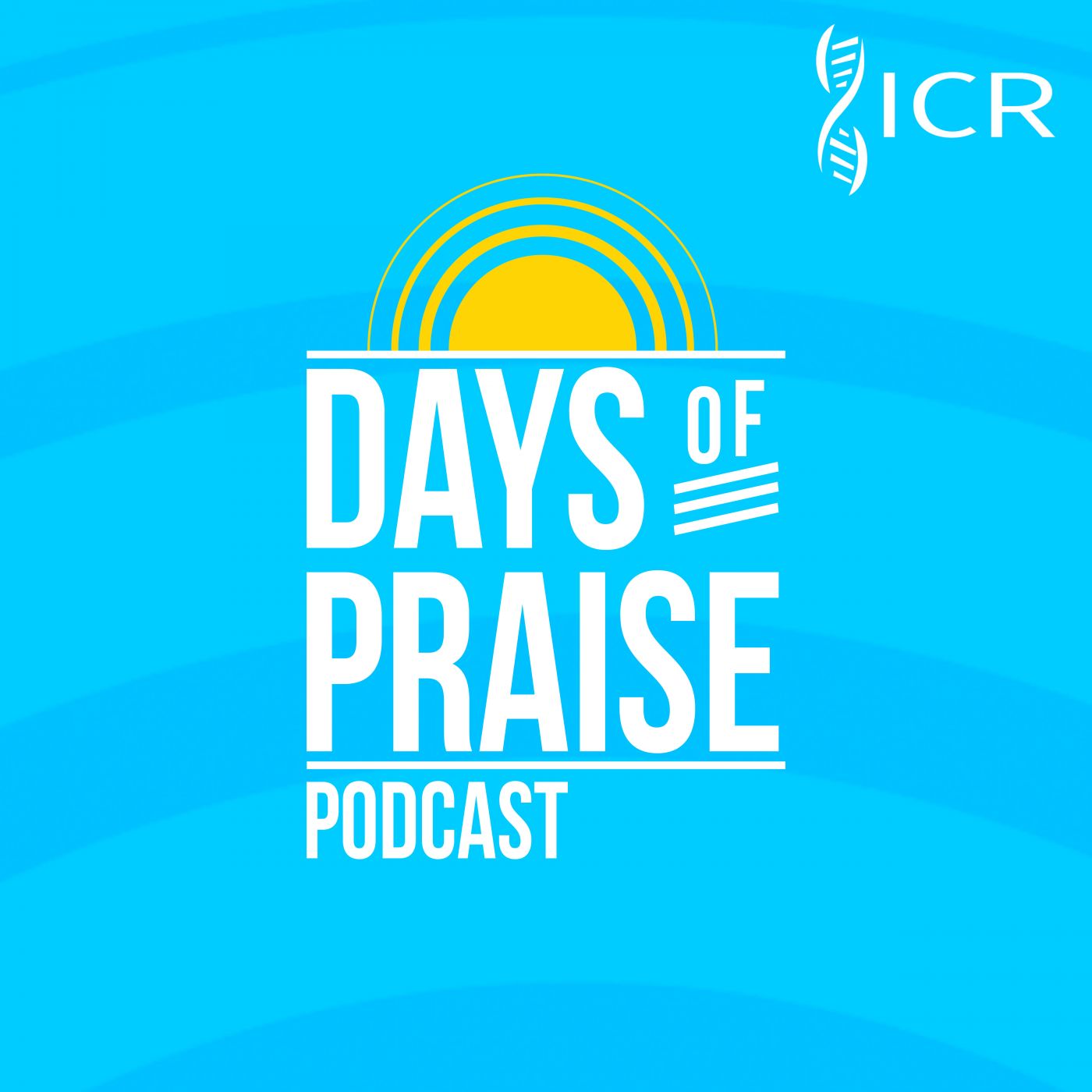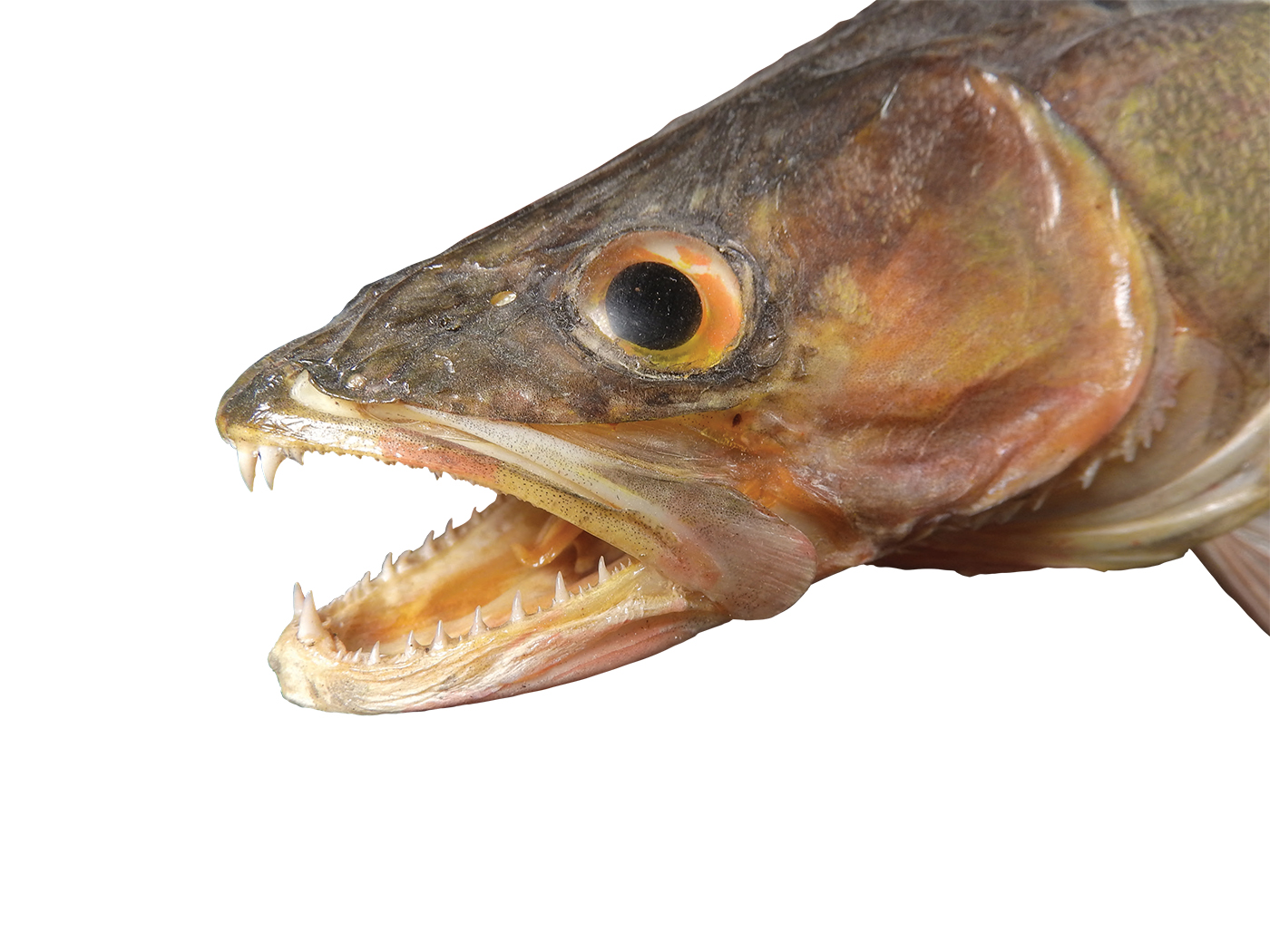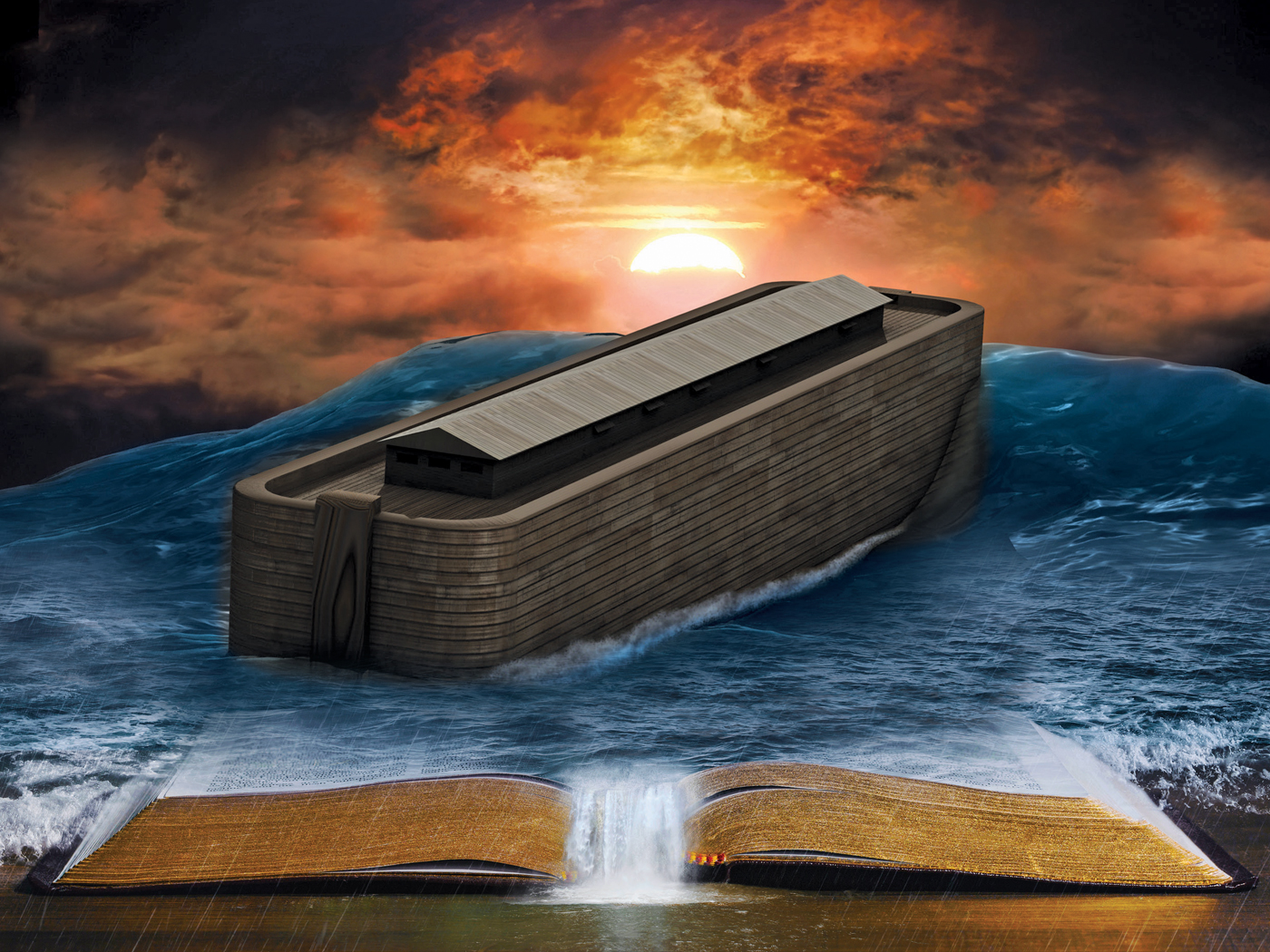“That I may know him, and the power of his resurrection, and the fellowship of his sufferings, being made conformable unto his death.” (Philippians 3:10)
Paul deeply desired to know Christ in an intimate fashion—to experience an even deeper relationship. In our text, he lists three things that will also be known if we know Christ.
The power of His resurrection: The victory of Christ over sin and death exhibited His great power. Paul not only longed for an ultimate resurrected body, “if by any means I might attain unto the resurrection of the dead” (v. 11), but he longed for the power over sin as well, “to be dead indeed unto sin, but alive unto God through Jesus Christ our Lord” (Romans 6:11).
The fellowship of His sufferings: Paul’s desire to know Christ was so great he was willing, if need be, to suffer as He suffered. And, indeed, Paul did suffer in many ways (as seen in 2 Corinthians 11:23-27 and elsewhere). “For even hereunto were ye called: because Christ also suffered for us, leaving us an example, that ye should follow his steps” (1 Peter 2:21). “If so be that we suffer with him, that we may be also glorified together” (Romans 8:17).
Being made conformable to His death: Paul was willing to die as Christ died and soon did die a martyr’s death, beheaded in a Roman prison. But that is not in view here. Rather, he wanted to be like Christ in His death, gaining complete victory over all sin. “For he that is dead is freed from sin” (Romans 6:7).
To know Christ in this way, to be conformed to Him as Paul desired, primarily demands developing the servant’s heart and selfless humility that took Christ to the cross (Philippians 2:5-8) to make it possible for us to know Him. JDM
 Days of Praise Podcast is a podcast based on the Institute for Creation Research quarterly print devotional, Days of Praise. Start your day with devotional readings written by Dr. Henry Morris, Dr. Henry Morris III, Dr. John Morris, and others to strengthen and encourage you in your Christian faith.
Days of Praise Podcast is a podcast based on the Institute for Creation Research quarterly print devotional, Days of Praise. Start your day with devotional readings written by Dr. Henry Morris, Dr. Henry Morris III, Dr. John Morris, and others to strengthen and encourage you in your Christian faith.











